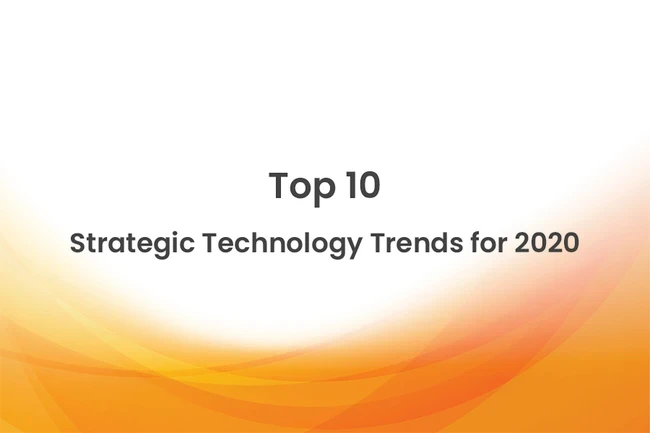As the new year makes headway, that means another slew of technology trends to uncover and leverage. Although it’s difficult to know for sure which tech strategies are going to change your business this year, it’s worth considering some of the discussions that analysts and leaders consider to be essential to the future of the industry.

For instance, one of the most popular analytics companies in the world today, Gartner, introduced its list of the most disruptive technology trends for 2020. Although Gartner notes that some of the technologies discussed in its recent trend analysis are already commonplace, the company believes that new use cases and applications will deliver a range of new opportunities. Let’s take a closer look at the strategic trends worth considering this year.







Comments ( 0 )